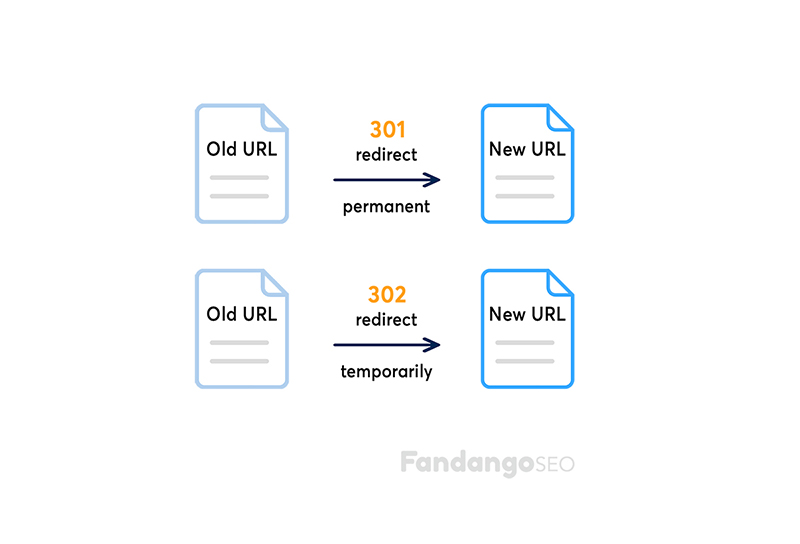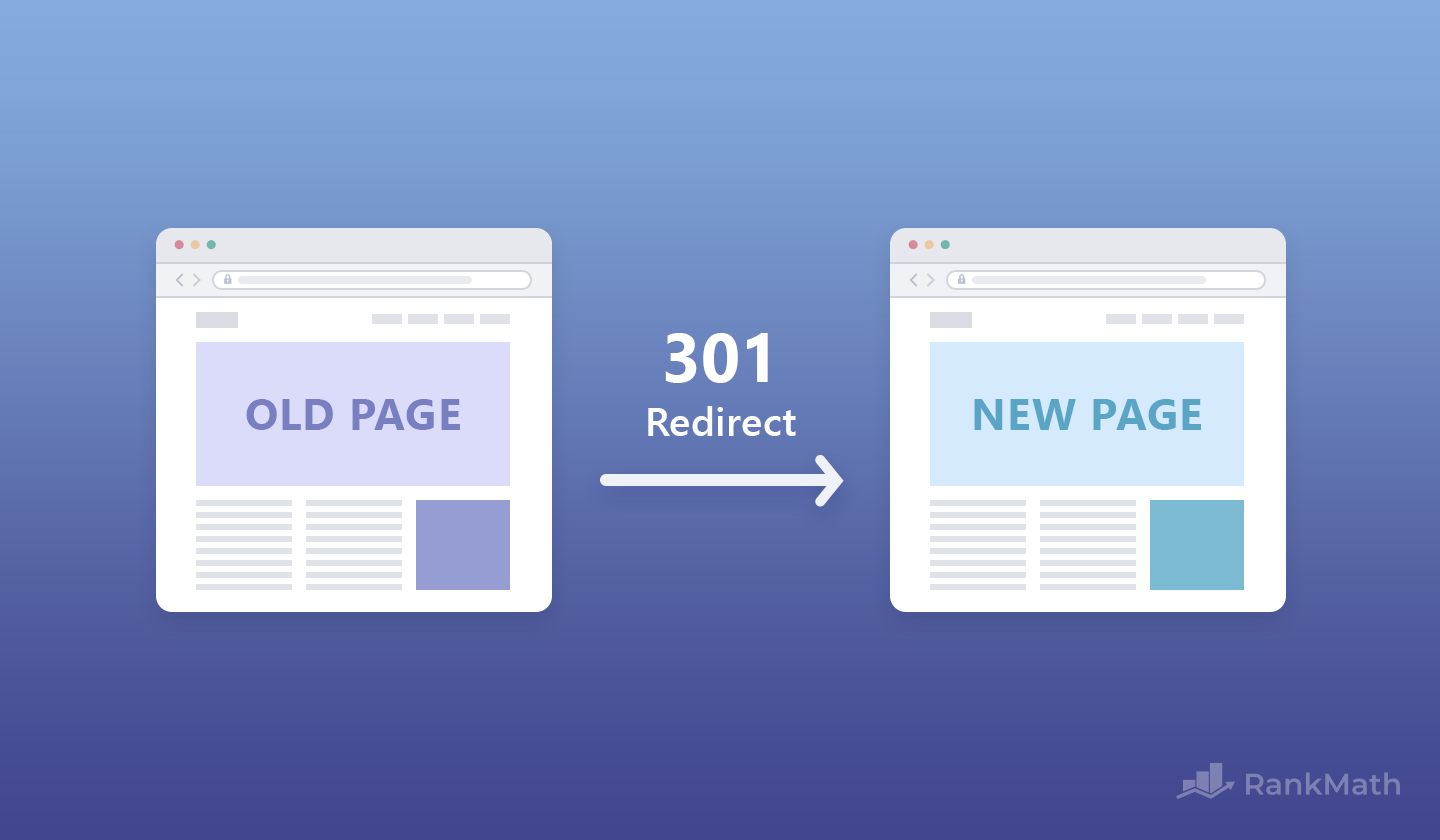Master the Art of Implementing 301 Redirects for Better SEO Performance
Implementing 301 redirects is an essential aspect of website management that can substantially affect Search engine optimization performance. Mastering the art of applying 301 reroutes includes even more than just fundamental redirection.

Importance of 301 Redirects
When thinking about internet site optimization, the relevance of applying 301 redirects can not be overstated. A 301 redirect is a long-term redirect from one link to one more. When an individual or internet search engine robot attempts to access a page that has been redirected, they are immediately sent out to the new web page without realizing it. This is crucial for preserving search engine optimization value as it makes certain that the web link juice, positions, and website traffic from the old page are moved to the brand-new one.

Establishing 301 Redirects
Provided the crucial duty that 301 redirects play in maintaining SEO worth and improving user experience, establishing these redirects correctly is critical for site optimization. To establish 301 reroutes successfully, begin by determining the Links that need redirection. This involves understanding which pages have actually been removed or transformed and drawing up the brand-new locations for these URLs. Next off, accessibility your website's web server to implement the redirects. This can be done through server-side configurations or utilizing plugins if you're utilizing a content administration system like WordPress. When creating the redirects, guarantee that each old URL is redirected to the equivalent new URL with a 301 standing code, suggesting a long-term action. In addition, regularly keep track of the performance of your redirects utilizing tools like Google Browse Console to identify any type of problems or errors that might occur. By carefully establishing and keeping an eye on 301 redirects, you can keep SEO equity, enhance customer experience, and guarantee that site visitors are seamlessly routed to the appropriate web content on your internet site.
Best Practices for 301 Redirects
To ensure ideal efficiency and maintain search engine optimization stability, sticking to finest methods when implementing 301 redirects is crucial. First of all, it is crucial to reroute individual web pages to their brand-new matchings rather than just sending out all website traffic to the homepage. This makes certain a smooth individual experience and retains the link equity related to the particular page (301 Redirect). Furthermore, it is recommended to utilize 301 redirects as opposed to 302 redirects, as online search engine interpret 301 redirects as an irreversible change in address, transferring the SEO value to the brand-new page. Additionally, it is suggested to restrict the variety of redirects in a chain to stop potential issues with crawling and indexing. On a regular basis monitoring and upgrading redirects is additionally key, particularly when restructuring websites or transforming URLs. Last but not least, producing a personalized 404 error page can help individuals browse the site if they experience broken links. By complying with these ideal practices, web sites can effectively manage 301 redirects to enhance SEO performance and customer satisfaction.
Tracking 301 Redirects Efficiency
Successfully tracking the efficiency of 301 redirects is essential for preserving SEO performance and making certain a smooth individual experience. To check 301 reroutes performance, web designers can make use of devices like Google Look Console to recognize any type of problems such as redirect loopholes, chains, or errors that might adversely impact SEO positions. Frequently looking for crawl errors and keeping track of the natural traffic patterns post-redirect implementation can offer useful insights into the success of the redirects.
Moreover, establishing appropriate analytics tracking, Discover More Here such as establishing certain objectives or events in Google Analytics, can assist gauge the influence of 301 redirects on customer actions and conversions. This data can provide a thorough sight of exactly how customers are connecting with the redirected pages and whether the redirects are properly leading customers to the designated location.
Continuous tracking and evaluation of 301 redirects performance permit timely adjustments and optimizations to make sure that the redirects are efficiently serving their function of keeping search engine optimization equity and providing a smooth browsing experience for customers. 301 Redirect.
Troubleshooting Common 301 Redirect Issues
Keeping an eye on the efficiency of 301 redirects can reveal usual problems that may prevent their performance in maintaining search engine optimization equity and user experience. One widespread issue is redirect chains, where one redirect leads to one more in a sequence, causing hold-ups in page loading and potentially impacting search engine optimization positions. It is critical to audit reroutes regularly to recognize and remove such chains. Another concern to look out for is redirect loops, where pages redirect to every other in an unlimited loophole, causing a poor customer experience and adversely affecting SEO. Validating redirect locations is important to prevent such loops. Furthermore, incorrect application of 301 redirects, such as making use of momentary redirects (302) as opposed to long-term ones (301 ), can lead to lost browse around this web-site search engine optimization worth. Making certain that all redirects are correctly set up as 301 redirects is essential for keeping SEO equity. By troubleshooting these usual redirect problems quickly, website proprietors can enhance their SEO performance and improve individual contentment.
Final Thought
To conclude, mastering the application of 301 redirects can greatly enhance search engine optimization efficiency by maintaining site traffic circulation and maintaining search engine rankings. By comprehending the value of 301 redirects, setting them up properly, adhering to finest techniques, monitoring their efficiency, and troubleshooting usual problems, web site proprietors can guarantee a seamless individual experience and optimize their on the internet exposure. It is essential for services to focus on the proper use of 301 redirects to boost their total search engine optimization approach.
Offered the crucial function that 301 redirects play in preserving SEO worth and boosting customer experience, establishing these redirects properly is paramount for web site optimization - 301 Redirect. Furthermore, it is suggested to utilize 301 redirects rather of 302 redirects, as search engines analyze 301 reroutes as a long-term change in address, transferring the SEO value to the new page. To keep an eye on 301 redirects efficiency, webmasters can make use of tools like Google Browse Console to recognize any kind of concerns such as redirect loopholes, chains, or mistakes that might adversely affect Search engine optimization positions. Additionally, improper implementation of 301 redirects, such as utilizing momentary redirects (302) rather of irreversible ones their explanation (301 ), can lead to lost Search engine optimization value. Making sure that all redirects are properly established up as 301 redirects is important for preserving SEO equity